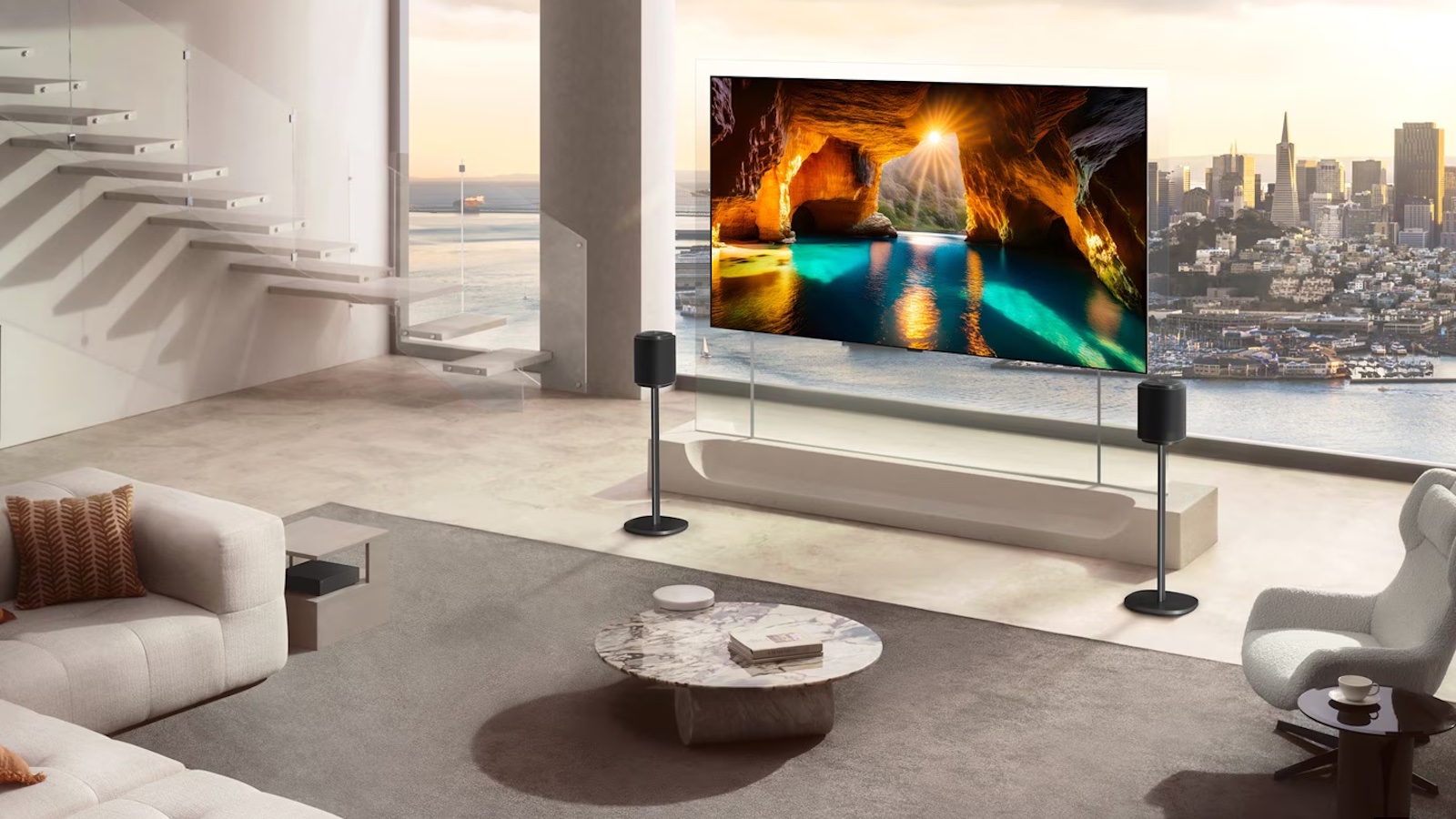My dream Dolby Atmos soundbar combines the best bits from JBL, Samsung, Sonos and Sony
I've attempted to build one soundbar to rule them all
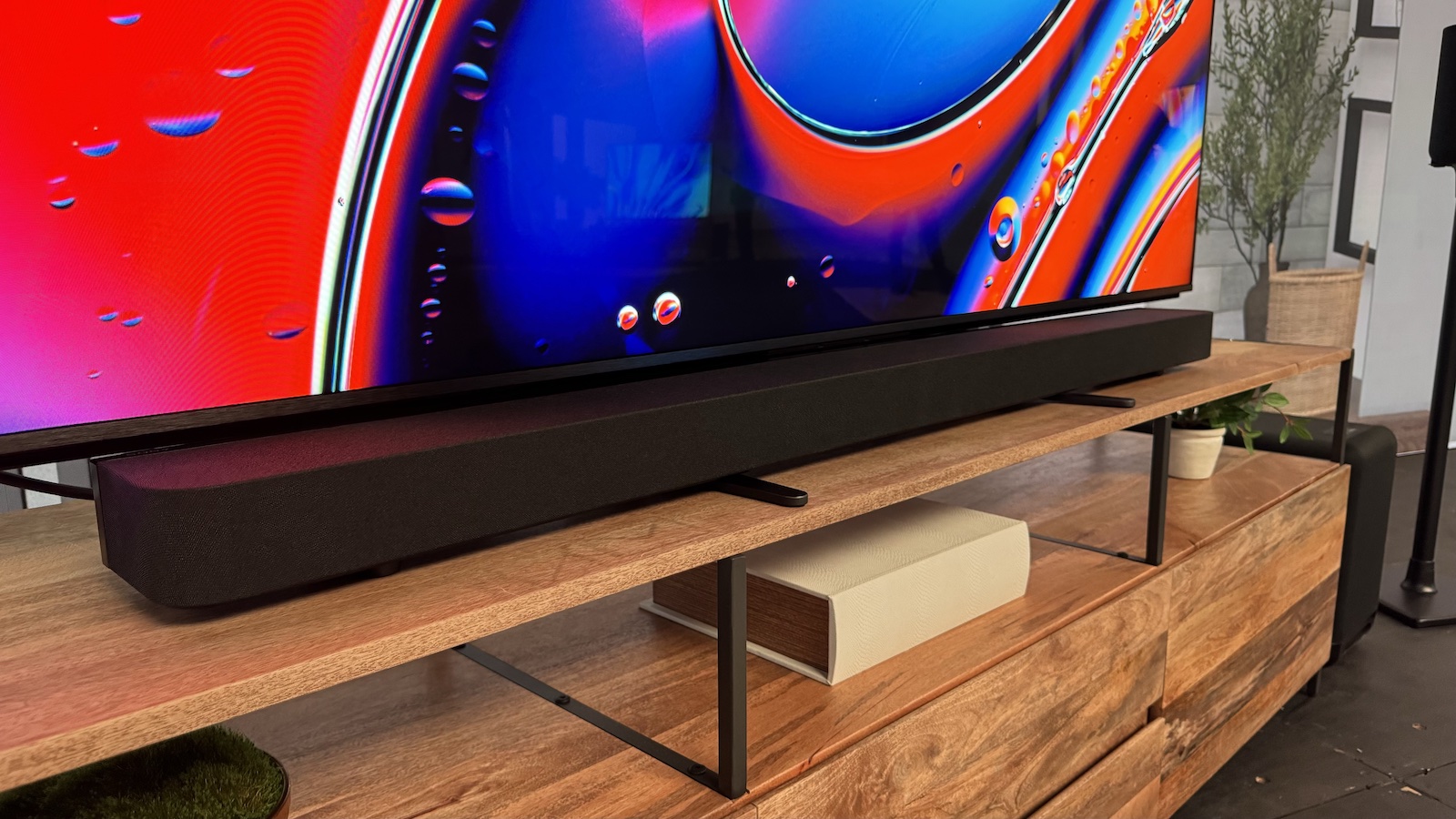
If there’s one thing my 20-plus years of writing about AV tech have taught me, it’s there’s no such thing as the perfect product.
Whether it’s wireless earbuds, music streamers or flatscreen TVs, there’s always room for improvement, even in the very best five-star performers.
And the world of Dolby Atmos soundbars is no different. It’s a category that has exploded in recent years as support for the audio format has gained momentum, thanks to its ability to add an extra dimension to traditional surround sound.
But what if I had a blank sheet of paper and could create the perfect Dolby Atmos soundbar, combining the best bits from models we’ve had through the What Hi-Fi? Test rooms?
Below, I’ve attempted just that. My aim? To try and build a bar that delivers a bit of everything in your hunt for convenience and amazing, immersive sound quality.
What would you like to see in your ultimate Dolby Atmos soundbar? Let me know in the comments below.
JBL's flexibility
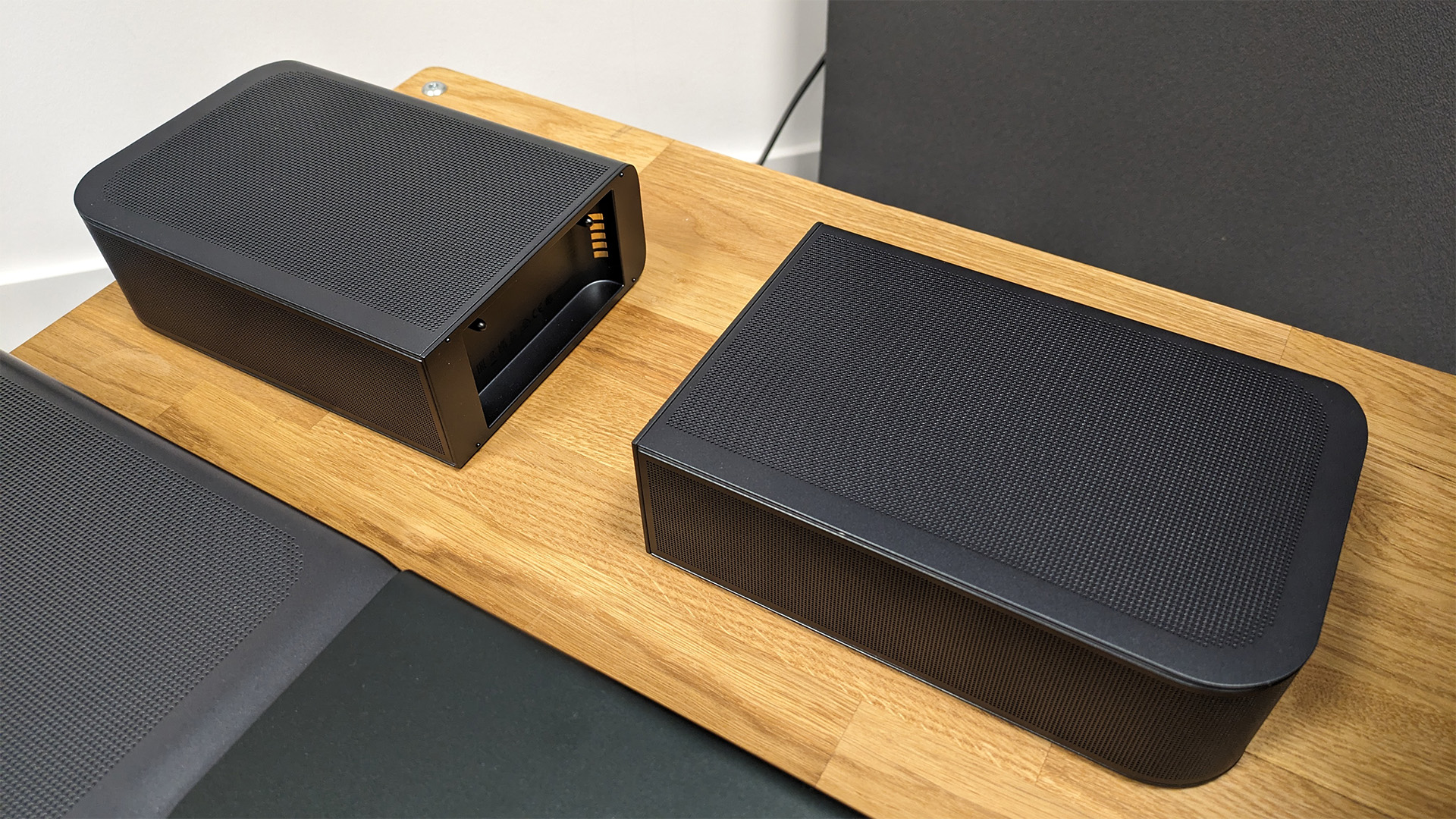
Part of the selling point of a soundbar is the convenience. Many people want to improve their TV’s audio but haven’t got the space for a traditional full-blown surround sound set-up and all the big boxes and reams of cabling that it entails.
The latest hi-fi, home cinema and tech news, reviews, buying advice and deals, direct to your inbox.
This hasn’t stopped the emergence, though, of what we’d call soundbar systems. These halfway house packages include surround speakers, such as the Samsung HW-Q990D.
But even this solution still leaves you with extra boxes cluttering up your living room and, in many cases, these boxes (specifically rear surround speakers) require a power cable running to them.
However, JBL has come up with a genius solution which I would love to see more manufacturers implement. The unique feature of the JBL Bar 1300 is that it has speakers at either end of the soundbar, which, when detached, turn into wireless surrounds.
Not only this, they can be used as portable Bluetooth speakers, which gives you an immense amount of flexibility and added value.
The wireless surrounds even have an upfiring driver, which helps with the dispersion of effects at the rear of your viewing position.
Worried about them running out of steam before the end of your LOTR movie marathon? Battery life of around 12 hours should put your mind at rest (and should even cover you for the extended editions of the Rings trilogy).
Sonos' precision
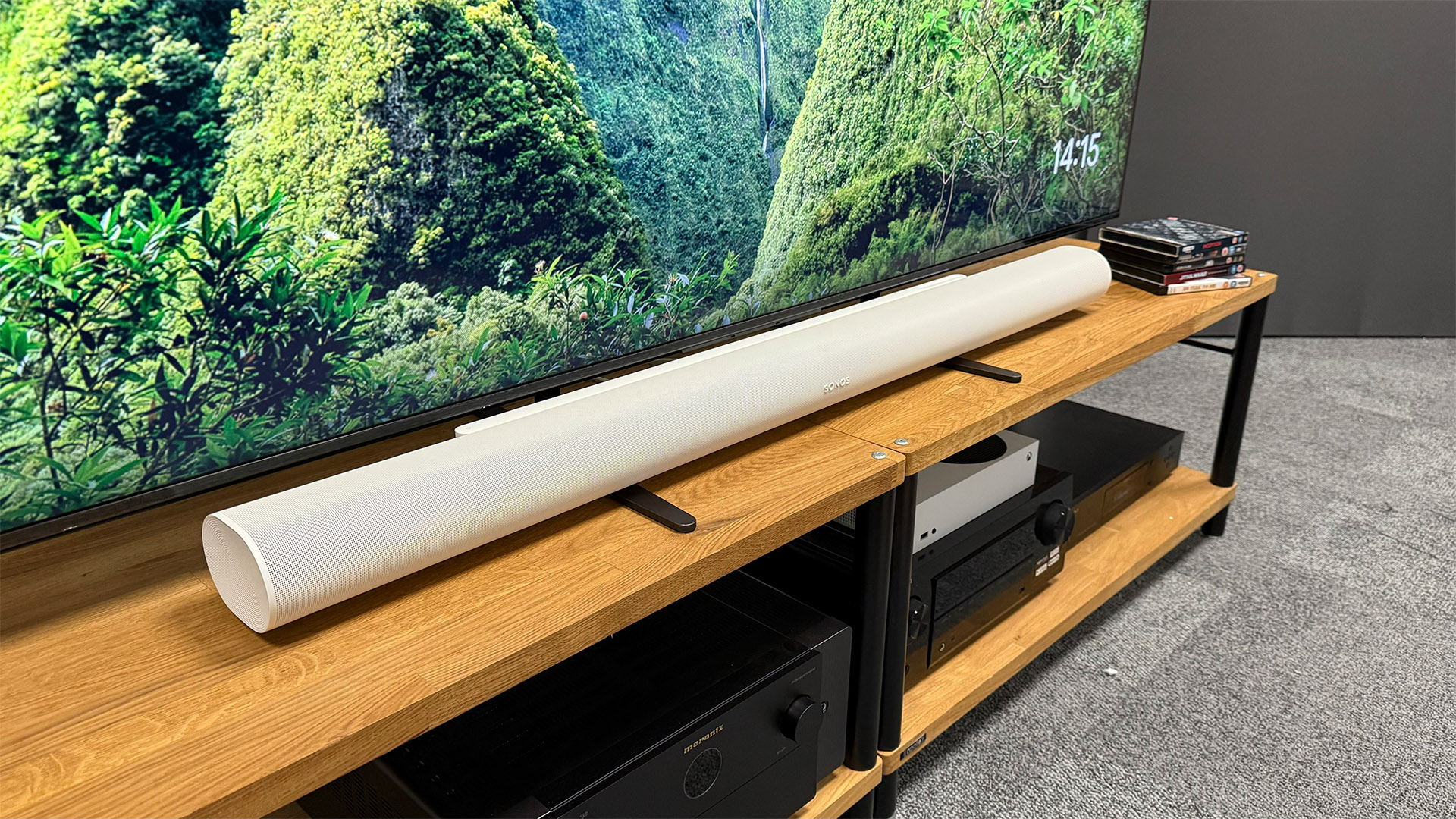
The Sonos Arc Ultra is arguably the best Dolby Atmos soundbar you can buy if you’re looking at all-round performance for the money. And a huge chunk of its appeal comes from the sound quality it spits out.
In particular, it delivers some of the most precise placement of dialogue, Dolby Atmos effects and bass that we’ve experienced from a standalone soundbar.
In our Sonos Arc review, we noted that the “increased precision helps keep everything organised both rhythmically and spatially”. It’s a dab hand at extracting a real sense of atmosphere from any soundtrack it’s asked to handle.
Lower down the frequency range, we noted that “bass notes hit with greater force and stop more precisely, and they’re tuneful in a way that makes the bass from the original Arc sound somewhat leaden and one-dimensional”.
Partly responsible for this awesome audio are the bar’s Sound Motion drivers. These clever units have four smaller, lightweight motors in opposing corners, which push the cone more than the single motor you find in most traditional drivers.
These motors push the cone to shift far more air and produce far more bass. But the extra agility in the low-frequency performance also makes the Arc Ultra even more musical than its close rivals.
Sony's scale
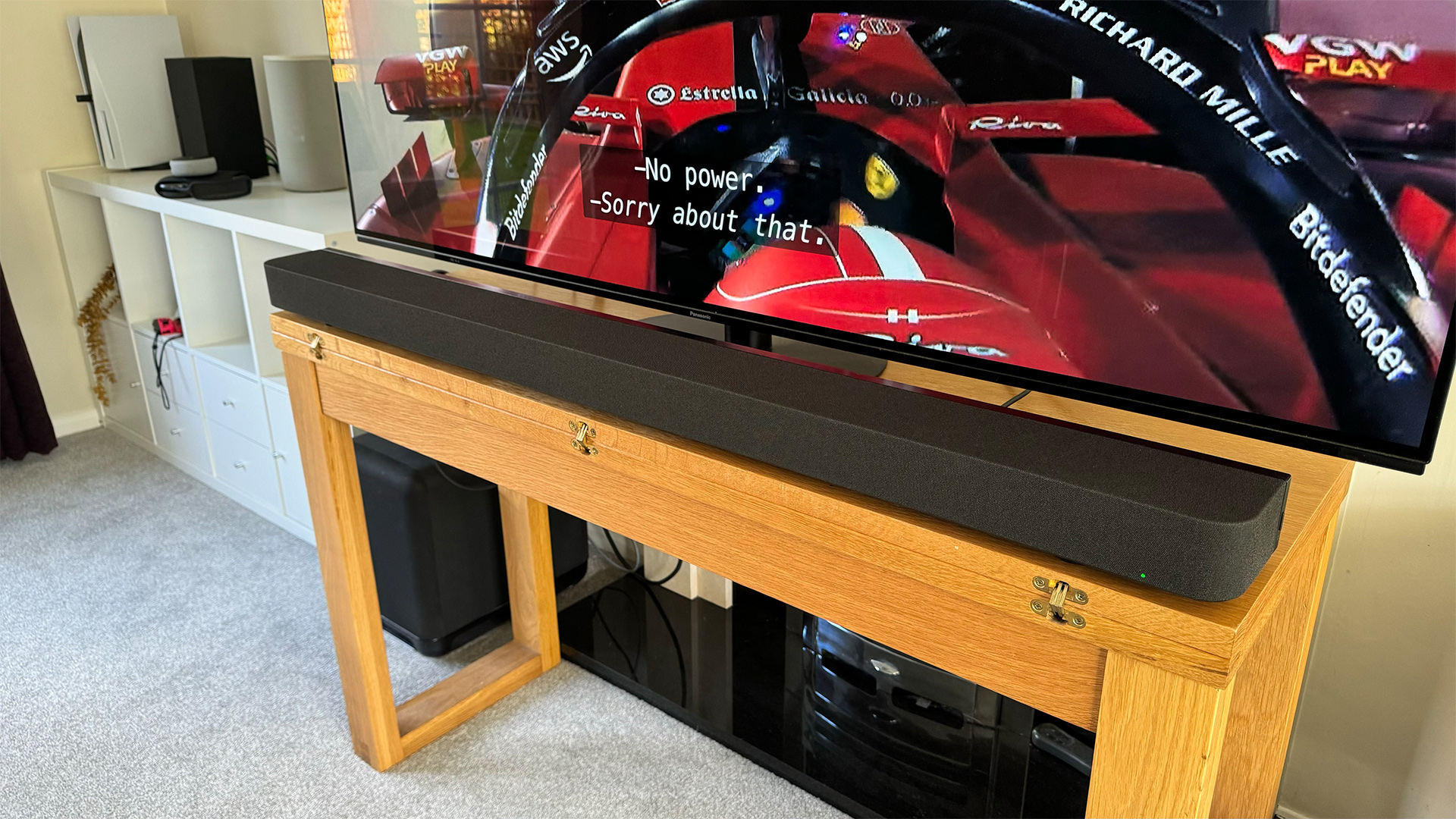
No Dolby Atmos soundbar we’ve tested does room-filling sound quite like the Sony Bravia Theatre Bar 9.
While it’s not difficult for a good soundbar to bring an improvement to your TV’s sound, it can be difficult for a soundbar to truly fill your living room and deliver a proper home cinema experience with enough of a sense of scale to make the bar just blend into the background.
Step forward the Bravia Theatre Bar 9. It features 13 drivers and quad passive radiators with the array designed to create a 'bubble of sound' in your room using Sony’s 360 Spatial Sound Mapping.
This extra processing creates phantom speakers in places where physical speakers don’t exist, and the effects are fantastic.
Sony also uses its Sound Field Optimisation processing to get the soundbar performing optimally for your particular room layout and viewing conditions.
In our Sony Bravia Theatre Bar 9 review, we said it “puts in arguably the most Atmos-y delivery we’ve heard from a solo soundbar”. We also remarked that it “pushes sound far out to the left and right, a long way into the room and right up to the ceiling” – which is exactly what you want from a soundbar.
The last thing you need to hear is gaps in the sound field, and the Sony is an expert at filling these in.
Samsung's bass
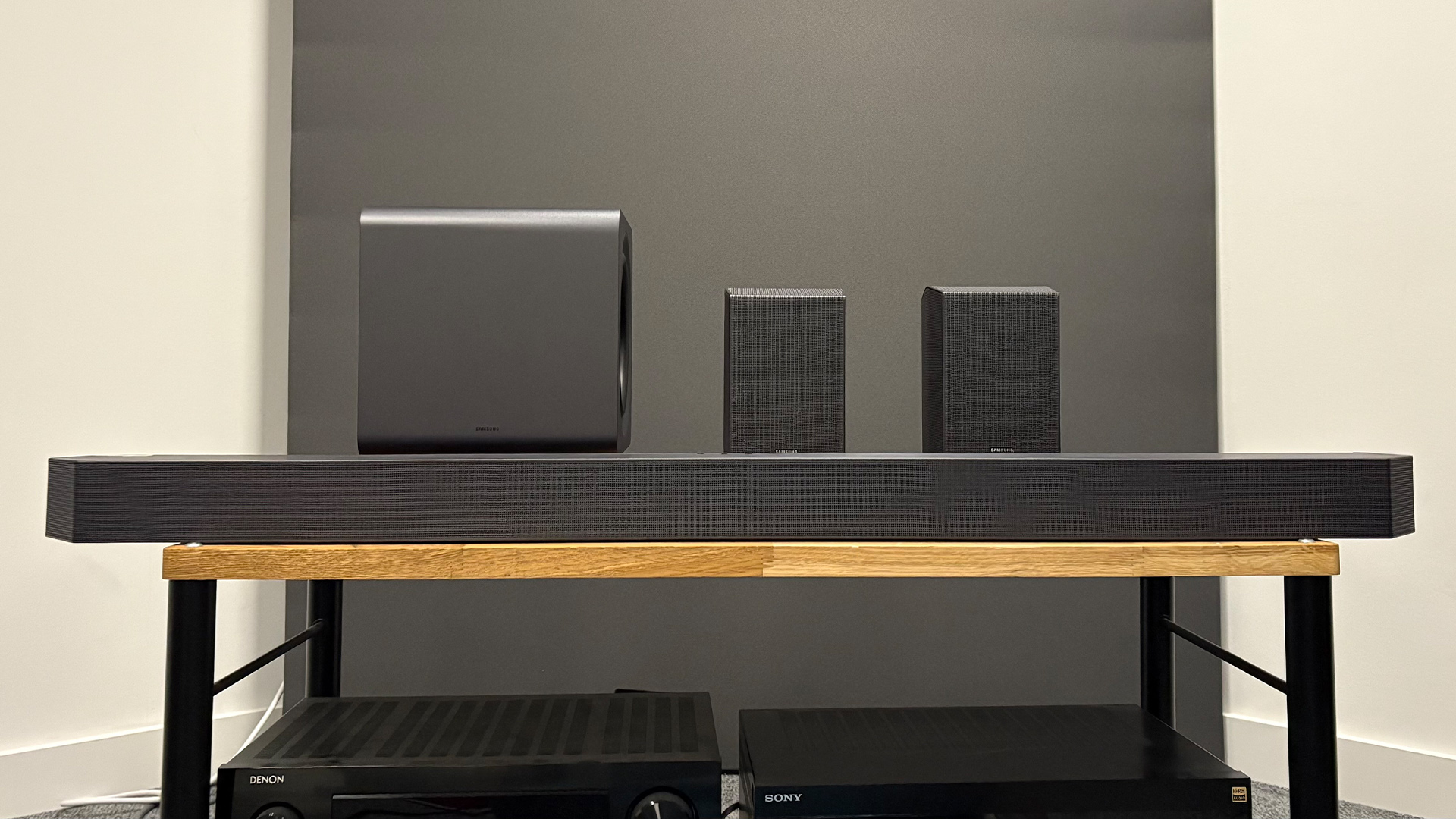
If there’s one area where soundbars can struggle, it’s in the bass department.
Given the laws of physics and the slim dimensions of many soundbars, it probably doesn’t come as much of a surprise that, generally, they can’t unleash a lot of low frequency heft.
But even when a subwoofer is added, the integration between bar and bass box isn’t always perfect and can make the sound more disjointed. The quality of bass can be sub-par too, with explosions and rumbles sounding thick, wallowy and ill-defined.
Which is why I’d take the bass performance from the recently tested Samsung HW-Q990F.
This soundbar package includes a cool cube subwoofer that not only hits hard with plenty of power behind it but also sounds controlled and dynamic, and paints low frequencies with the kind of tonal texture you rarely hear from such systems.
In our Samsung HW-Q990F review, we said bass sounds "organic, balanced, and seamlessly integrated into the system", which is a tricky thing to accomplish.
Nakamichi's features
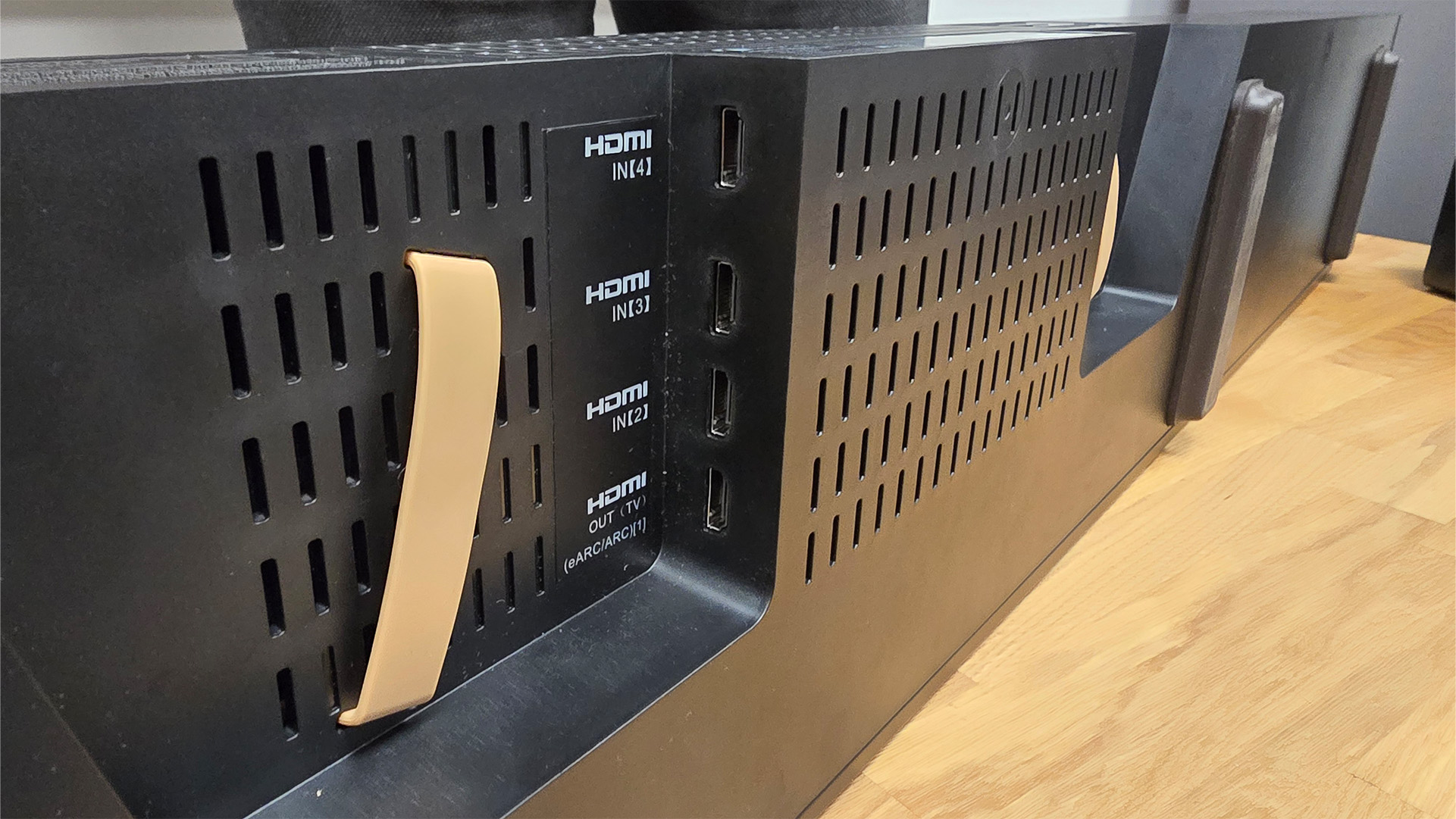
The Nakamichi Dragon 11.4.6 might not have blown us away in the sound department, but there are a few features I’m drawn to that seem to make sense for a Dolby Atmos soundbar.
Take the satellite speakers. Each unit features two drivers pointing in different directions so that they can serve as surround or surround-back speakers.
Not only this, each one has an upward-firing driver on top that can be rotated to five pre-set positions to angle the overhead sound towards your seating position.
Other soundbars could learn from the Nakamichi’s wired connectivity and excellent choice of inputs too. These include an HDMI eARC socket plus three full-bandwidth HDMI 2.1 connections that support 4K up to 120Hz, or 8K up to 60Hz, as well as VRR and ALLM.
The Dragon 11.4.6 also supports HDR10, HDR10+ and Dolby Vision HDR through those HDMI passthrough ports. All Dolby formats are supported, as is DTS:X Pro, which is a rarity in the world of soundbars.
Oh, and did I mention this bonkers bar even has a concierge service, which you can use if you’re having any technical difficulties?
MORE:
3 reasons why video streaming devices remain relevant TV upgrades – but probably not for long
Andy is Deputy Editor of What Hi-Fi? and a consumer electronics journalist with nearly 20 years of experience writing news, reviews and features. Over the years he's also contributed to a number of other outlets, including The Sunday Times, the BBC, Stuff, and BA High Life Magazine. Premium wireless earbuds are his passion but he's also keen on car tech and in-car audio systems and can often be found cruising the countryside testing the latest set-ups. In his spare time Andy is a keen golfer and gamer.
You must confirm your public display name before commenting
Please logout and then login again, you will then be prompted to enter your display name.

